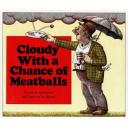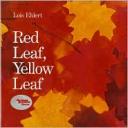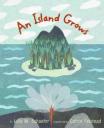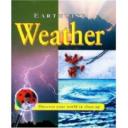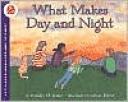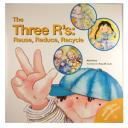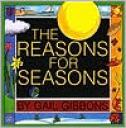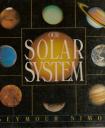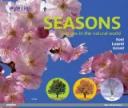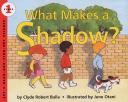If food dropped like rain from the sky, wouldn’t it be marvelous! Or would it? It could, after all, be messy. And you’s have no choice. What if you didn’t like what fell? Or what if too much came? have you ever thought of what is might be like to be squashed flat by a pancake?
Cloudy With a Chance of Meatballs written by Judi Barrett and drawn by Ron Barrett is a book about the tiny town of Chewandswallow.
It was very much like any other tiny town except for its weather which came three times a day, at breakfast lunch and dinner. It never rained rain, snowed snow, or blew just wind. It rained things like soup and juice. It snowed things like mashed potatoes. And sometimes the wind blew in storms of hamburgers.
Life for the townspeople was delicious until the weather took a turn for the worse. The food got larger and larger and so did the portions. Chewandswallow was plagued by damaging floods and storms of huge food. The town was a mess and the people feared for their lives.
Something had to be done, and in a hurry.
Excepts
“Across the ocean, over lots of huge bumpy mountains, across three hot deserts, and one smaller ocean……there lay the tiny town of Chewandswallow”. (pg 6-7)
Whatever the weather served, that was what they ate. (pg 9)
For lunch onde day, franfurters, already in their rolls, blew in from the northwest at abou five miles an hour. (pg. 14)
Curriculum Connections
Cloudy With a Chance of Meatballs could be used in a lesson when students are invesitgating and understanding the basic types, changes, and patterns of weather (SOL 2.6).
Additional Resources
1. This movie trailer is of the 2009 movie Cloudy With A Chance Of Meatballs.
2. This lesson includes three different activities reflecting on the book Cloudy With a Change of Meatballs.
3. This is an activity where students can Make it Rain.
Book: Cloudy With a Chance of Meatballs
Author: Judi Barrett
Illustrator: Ron Barrett
Publisher: Atheneum
Publication Date: August 1, 1978
Pages: 32
Grade Range: PreK-3
ISBN: 978-0689306471

